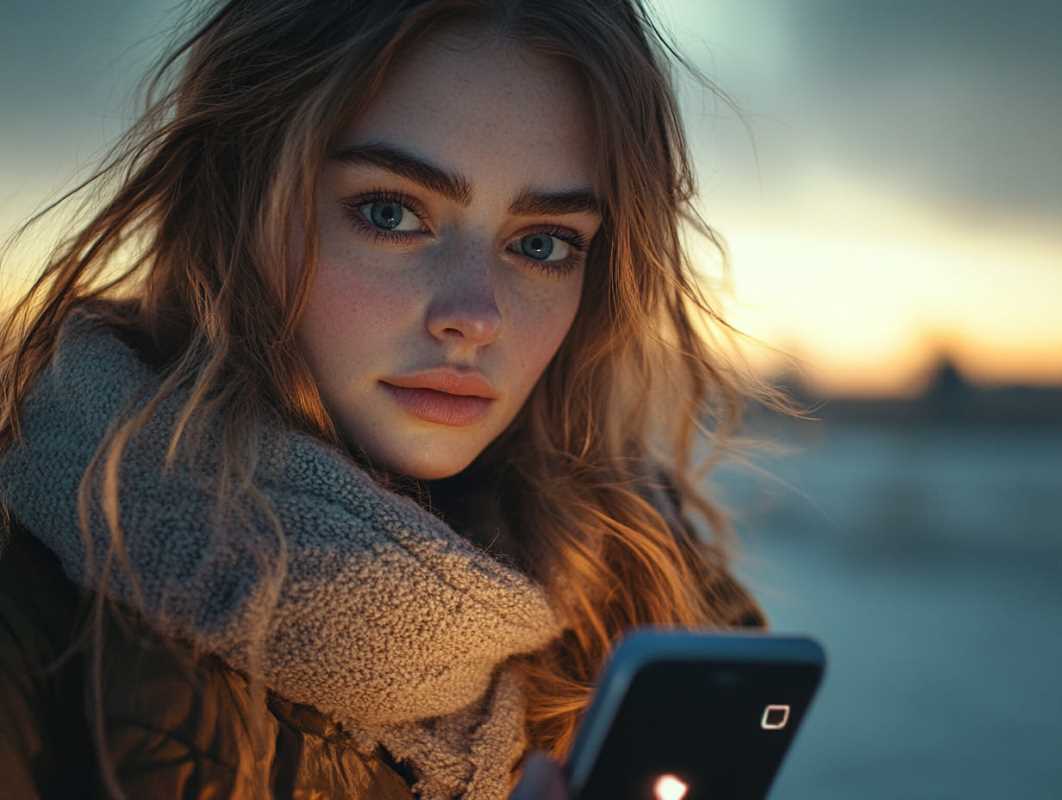Living in an apartment can sometimes feel limiting when it comes to gardening. But with a little creativity, your balcony can quickly become a lush vertical garden, a space-saving and stunning way to bring nature into your urban environment. A vertical garden isn’t just about aesthetics—it can also provide fresh herbs, vegetables, and flowers while offering a relaxing green retreat right outside your window. If you're ready to create your own vertical garden, here's how you can get started.
Step 1: Choose the Right Spot
The first step to creating a successful vertical garden is finding the ideal spot on your balcony. Start by observing how much sunlight your balcony receives throughout the day. Most plants need about 4–6 hours of sunlight daily, so areas with direct or partial sunlight are best. For shadier spaces, there are plenty of plants that thrive in low light, like certain ferns and ivy.
Another consideration is wind. Higher floors in apartment buildings often experience strong gusts, which can harm delicate plants. To protect your greenery, use a windscreen or position your vertical garden in a sheltered corner.
Step 2: Select Your Vertical Garden Structure
Vertical gardens come in many forms, and your choice will depend on your balcony’s size, your budget, and the look you want to achieve. Here are some popular options to consider:
- Hanging Planters: Suspend pots or baskets from your balcony railings or overhead hooks. These are great for trailing plants like ivy, pothos, or herbs like thyme.
- Wall-Mounted Racks: Attach a tiered rack or modular system to the wall of your balcony. These racks can hold small pots and save valuable floor space.
- Freestanding Shelves: Opt for vertical shelving units that can be moved easily. These work well for heavier pots that aren’t ideal for mounting.
- Pallet Gardens: Repurpose an old wooden pallet by securing pots to its slats or filling the gaps with soil and planting directly. This DIY option is budget-friendly and rustic.
- Pocket Planters: Fabric or plastic pocket panels that fix to the wall are excellent for small plants, herbs, or even strawberries.
Make sure your chosen structure is sturdy and fits within your balcony’s weight limits.
Step 3: Pick the Right Containers
When it comes to containers, you have a lot of options. Consider lightweight materials, like plastic or fabric planters, to minimize the load on your balcony. Ensure the containers have good drainage holes to prevent water from sitting at the roots, which can cause rot.
For added functionality, self-watering pots are a game-changer—they store a reservoir of water that keeps plants hydrated for days, perfect for busy gardeners.
Step 4: Select Plants for Your Vertical Garden
One of the most exciting aspects of vertical gardening is deciding what to grow. The plants you choose will depend on your preferences, sunlight conditions, and how much time you’re willing to dedicate to maintenance. Here are some excellent options for apartment-friendly vertical gardens:
Edible Plants
- Herbs: Basil, parsley, cilantro, mint, thyme, and oregano are all easy to grow and perfect for cooking. They thrive in smaller pots and require minimal care.
- Vegetables: Cherry tomatoes, compact pepper varieties, and lettuce work well for vertical gardens. Try climbing vegetables like beans and cucumbers for structures with trellises.
- Fruits: Strawberries are a favorite for vertical gardens, often thriving in pockets or hanging baskets.
Ornamental Plants
- Flowers: Choose compact, colorful flowers like petunias, pansies, and marigolds for a vibrant garden. For trailing beauty, ivy geraniums or nasturtiums are wonderful options.
- Low-Light Lovers: If your balcony has more shade, ferns, peace lilies, and pothos are great picks.
Air-Purifying Plants
Add snake plants, spider plants, or English ivy not only for aesthetics but also to improve the air quality in your apartment.
Step 5: Plant and Arrange
Once you've selected your plants, arrange them thoughtfully. Place sun-loving plants in the most light-exposed spots and shade-tolerant ones in less illuminated areas. Consider grouping plants with similar watering and care needs to make maintenance easier.
For a balanced look, mix plants with varying heights and textures. For instance, pair trailing ivy or pothos with upright herbs like basil and lavender.
Step 6: Maintain Your Vertical Garden
Maintaining a vertical garden is straightforward, but consistency is key to keeping your plants healthy and thriving. Here are some tips to ensure success:
- Watering: Vertical gardens require frequent watering since the soil in small containers dries out quicker. Use a watering can with a long spout or a drip irrigation system to reach all your plants.
- Fertilizing: Add a balanced liquid fertilizer every few weeks to provide essential nutrients. Some potting soils come pre-fertilized, so check your soil before overfeeding.
- Pest Control: Check for pests like aphids or spider mites, especially in tight spaces where airflow is limited. Use organic pest control solutions like neem oil to address infestations.
- Trimming and Pruning: Regularly trim your plants to encourage new growth and prevent overcrowding—especially in herbs and vegetables, where pruning promotes better yields.
- Seasonal Care: Switch out seasonal plants as needed to keep your garden fresh and productive year-round.
Benefits of a Vertical Garden in Small Spaces
There’s no doubt that vertical gardening is an excellent solution for urban living. By taking advantage of vertical space, you can grow more plants while keeping your balcony uncluttered and functional.
Other benefits include:
- Improved Aesthetics: A lush, green wall or arrangement of vibrant flowers adds beauty and life to your living space.
- Health Perks: Being surrounded by plants fosters relaxation, reduces stress, and improves air quality—a much-needed relief in dense urban environments.
- Accessibility to Fresh Produce: Growing your own herbs and veggies gives you quick access to organic, homegrown ingredients for cooking.
- Environmental Impact: Vertical gardens can help reduce your carbon footprint by producing food locally and improving thermal insulation.
With a vertical garden, even the tiniest balconies can bloom into lush oases. By thoughtfully choosing plants, containers, and structures, and maintaining your garden as part of your routine, you’ll enjoy the rewards of greenery, beauty, and fresh produce right at home.







